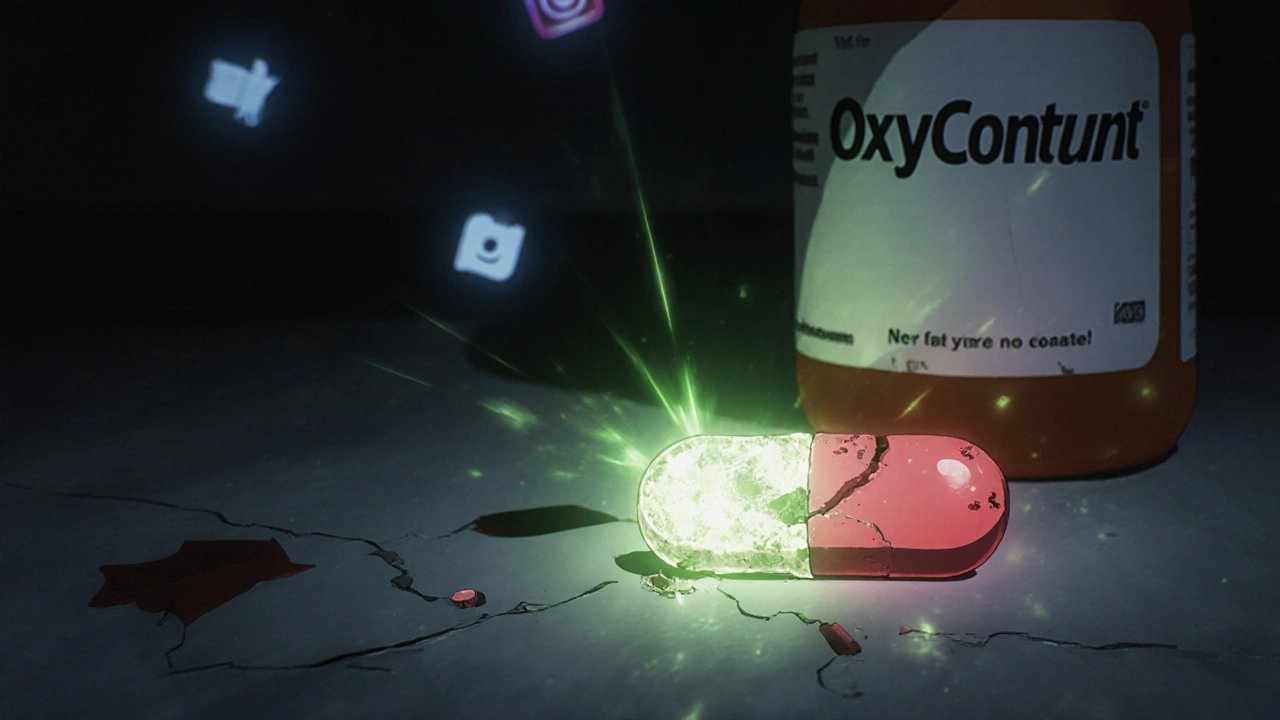Toxic Pharmaceuticals: Dangerous Drug Interactions and Hidden Risks
When we think of toxic pharmaceuticals, medications that cause harm when misused, combined, or stored improperly, we imagine overdoses or contaminated batches. But the real danger often hides in plain sight—in your medicine cabinet, your morning coffee, or your daily pill routine. A common blood pressure pill like Enalapril can trigger gout flares. A simple nasal spray like Afrin can lock you into a cycle of rebound congestion. Even your favorite citrus fruit isn’t always safe if you’re on statins or immunosuppressants. These aren’t rare cases. They’re everyday risks buried in the fine print.
CYP450 enzyme interactions, how the liver’s main drug-processing system gets overwhelmed by competing medications are behind most hidden toxic reactions. About 90% of all drugs pass through these enzymes, and when two medications fight for the same pathway, one can build up to dangerous levels. That’s why mixing statins with grapefruit, pomelo, or Seville orange can cause muscle damage. It’s why antidepressants and blood thinners sometimes collide, leading to internal bleeding or heart rhythm problems like Torsades de Pointes, a life-threatening arrhythmia triggered by QT-prolonging drugs. These aren’t theoretical risks—they’re documented emergencies that show up in ERs every week.
It’s not just about what you take. It’s about how you store it. Moisture can turn a pill into a chemical hazard. A damp bathroom cabinet can degrade your insulin or antibiotics, making them ineffective—or worse, toxic. And when you split pills or take separate generics instead of fixed-dose combos to save money, you’re creating de facto combinations, uncontrolled drug mixtures that bypass safety testing. These aren’t hacks. They’re accidents waiting to happen. The FDA issues drug safety alerts nearly every week, warning about new opioid risks, Alzheimer’s drug side effects, and ADHD medication dangers. You don’t need to be a pharmacist to stay safe—you just need to know what questions to ask.
What follows isn’t a list of scary stories. It’s a practical guide to spotting the hidden traps in your medication routine. You’ll find real advice on avoiding rebound congestion, managing GLP-1 nausea, protecting your heart meds, and understanding why some drugs behave like time bombs when combined. Whether you’re managing chronic illness, caring for an elderly parent, or just trying to take your pills without getting sick, this collection gives you the tools to cut through the noise and protect yourself.
Contaminants in Counterfeit Drugs: Hidden Toxins That Can Kill
Counterfeit drugs aren't just ineffective-they're often laced with deadly toxins like fentanyl, heavy metals, and antifreeze. Learn how these hidden contaminants kill and how to protect yourself.

